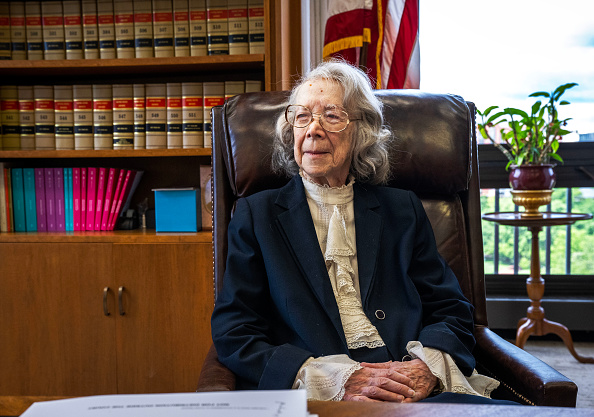Doctrinal Lessons on the Doctrine of Equivalents | Axinn, Veltrop & Harkrider LLP
Judge Bryson’s recent decision sitting by designation in Prolitec Inc. v. Scentair Technologies, LLC., No. 20-984-WCB, 2024 WL 341342 (D. Del. Jan. 30, 2024), provides two important reminders on the utility of an accused infringer’s patent and the limitations of the vitiation defense in defending an infringement claim based on the doctrine of equivalents (DoE).
First, accused infringers should assess whether their own patents might support a DoE defense. The Federal Circuit has stated that a DoE claim “is at least considerably more difficult to make out” where the accused device is the subject of a separate patent. Festo v. Shoketsu Kinzoku, 493 F.3d 1368, 1379-80 (Fed. Cir. 2007). As Judge Bryson explained in Prolitec, “[t]he theory of relevance with respect to the issue of equivalence is that the Patent and Trademark Office’s grant of a patent covering the accused product tends to show that the differences between the accused product and the prior art, such as the asserted patents, is substantial.” Getting an accused infringer’s patent before a jury has the ancillary benefit of rebutting any patentee argument that the accused infringer is a mere copyist rather than an innovator.
Unfortunately for the accused infringer (ScentAir) in Prolitec, Judge Bryson concluded that the claims of its patent did not address the specific limitations at issue and granted a motion in limine to exclude the patent. He acknowledged, however, that the parties’ trial positions on DoE remained uncertain and expressly granted ScentAir leave to seek reconsideration of his decision based on developments at trial.
Second, accused infringers facing a DoE claim should not rely on a “vitiation” defense to the exclusion of a detailed rebuttal of a patentee’s “function/way/result” and/or “insubstantial differences” arguments. Vitiation is a legal defense to DoE based on a court’s conclusion, in Judge Bryson’s words, “that the patentee’s theory cannot be so broad as to eliminate a particular claim limitation entirely.” But Judge Bryson described the defense as “a doctrine with a troubled history” and quoted from the Federal Circuit’s decision in Deere & Co. v. Bush Hog, LLC, that vitiation is merely “a legal determination that ‘the evidence is such that no reasonable jury could determine two elements to be equivalent’” under the insubstantial difference or function/way/result tests. 703 F.3d 1349, 1356 (Fed. Cir. 2012).
In Prolitec, the court denied the patentee’s motion in limine directed to precluding “evidence on the ground that it could be viewed as directed to ‘vitiation.’” Although Judge Bryson had previously denied ScentAir’s motion for summary judgment of noninfringement based on vitiation, he explained that a motion for judgment as a matter of law could not be ruled out and that he was “not prepared to impose an amorphous limitation on the evidence the parties will be permitted to introduce.” Vitiation thus lives on, both in Prolitec and as a DoE defense.
DoE is frequently an afterthought in contentions and expert reports. But as Prolitec demonstrates, cases can and do turn on DoE claims and defenses.
“
The theory of relevance with respect to the issue of equivalence is that the Patent and Trademark Office’s grant of a patent covering the accused product tends to show that the differences between the accused product and the prior art, such as the asserted patents, is substantial.
passle-net.s3.amazonaws.com/…





